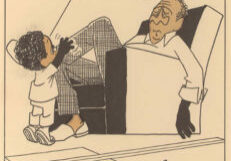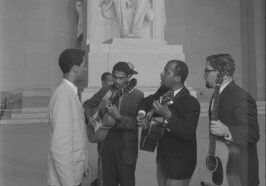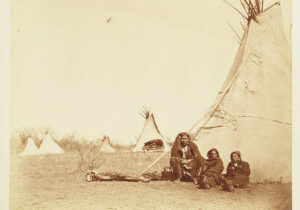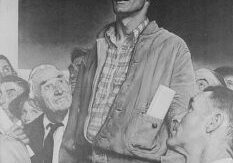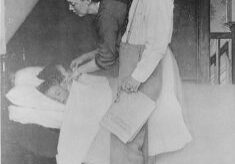Lesson Plans
The Long Civil Rights Movement
Students analyze primary sources to investigate the long arc of the civil rights movement by examining economic and social conditions and actions that were taken prior to and after the passage of the Civil Rights Act of 1964. After, students interview a local civil rights activist and/or design an action plan to make their community aware of a contemporary civil rights issue.
Champions of Change
Students analyze a variety of primary sources to explore how African American song took root as a means of spreading the message of equality and as a critical part in unifying America in the struggle. After, students investigate the influence of contemporary music and musicians on memorializing the successes of the past and emphasizing the continuing need for equality today.
Reservation Controversies
Students analyze a variety of primary and secondary sources to gain an understanding of the history of government relations, policies, and experiences with Native Americans. After students research contemporary issues relating to American Indian reservations using Congress.gov, news media, and official tribal websites to consider the rights and responsibilities of both the government and the tribes.
Speaking Out: Four Freedoms Then and Now
Students analyze a part of Franklin Delano Roosevelt’s “Four Freedoms” speech and use primary sources from the Library of Congress to gain historical context. Next, students explore sources from the Library to draw conclusions about the impact of the speech on American culture at the time. Students then write their own “Four Freedoms” speech, outlining four freedoms they believe Americans should keep front-of-mind today.
Securing Our Freedoms Beyond the Bill of Rights
Students analyze primary sources from the Library of Congress including Norman Rockwell’s “Four Freedoms” and “The Bill of Rights” to the U.S. Constitution. Students then identify amendments related to two of the four freedoms from the primary sources and then work in small groups to reach consensus and propose a new amendment to secure rights or freedoms not included in the Bill of Rights.
Find Your Freedom Beyond the Bill of Rights
Students analyze primary sources from the Library of Congress to identify freedoms, then review background information about the Bill of Rights to the U.S. Constitution. Next, students match the amendments related to some of the freedoms they identified through analyzing sources and then work in small groups to reach consensus and propose a new amendment to secure freedoms not included in the Bill of Rights.

